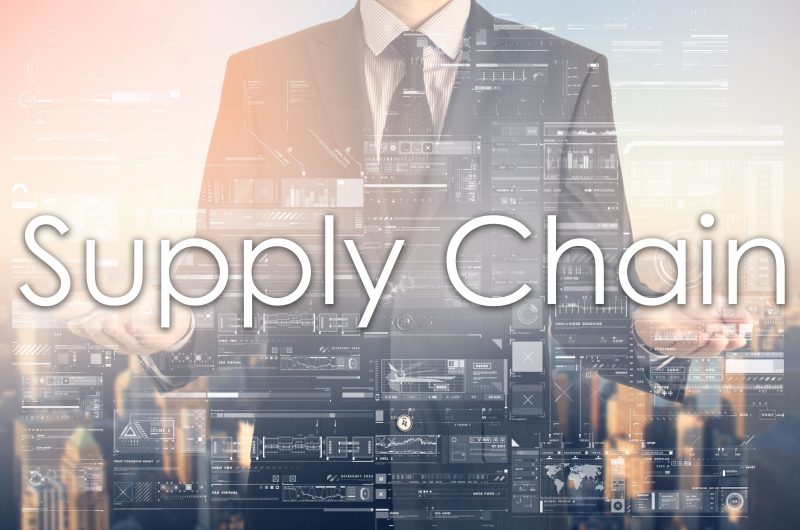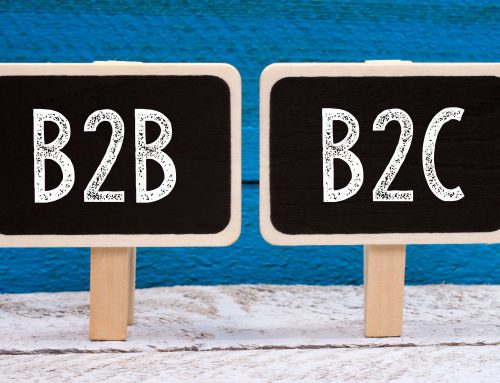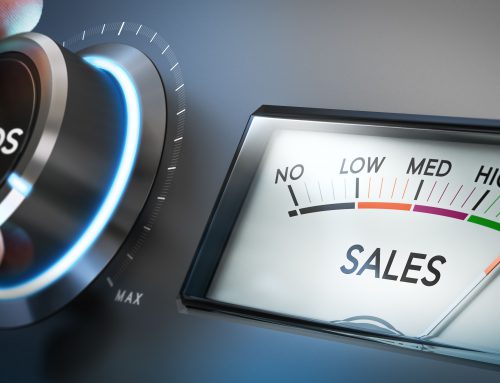Wondering whether or not your company has good supply chain strategy? Although almost all manufacturers and distributors understand supply chain strategy and supply chain management, few actually have a good strategy set in place. When looking for a new manufacturer or distributor you will often find that they do not have a detailed plan or list to give you of their supply chain strategies. Having a good strategy in place affects everything in your supply chain from order time to the time of a delivery. We are here to give you some tips on having a successful supply chain strategy.
Not only did we have the greatest economic crisis from 2007 through 2009 since the Great Depression, but the initiation of smartphones and advanced data analytics created even more disruption to supply chain managers. Having new technologies constantly affects the way we utilize supply chain and the benefits that come with that technology. Finding the right tools to help build your strategy and management can make the biggest difference.
How to Use Supply Chain Strategies to Your Advantage
Your strategy should consist of a set of internal objectives and processes. These objectives and processes will enhance your supply chain role and your network of delivering a product to a consumer. However, you can’t forget about your external partners and customers. Anything you do internally will inevitably affect your external process. The following are the steps you need to take to have an efficient supply chain strategy.
1.Communication Channels
You must have flexible communication between everyone in your company and third parties as well. Having as much transparency as possible is key. If you provide your company and all third parties with a plan telling the various communication channels you use you will position yourself at a greater advantage to run the internal process.
2. Measurable Goals
Your company needs measurable and real time goals. You need to set missions and goals for the company as a whole, and for each individual in the company as well. Use metrics to measure your  goals such as the SMARTor GROW analysis. Your goals and missions should change as your customer needs change. Not only do you need tools for your teams’ personal goals, but you also need tools for your company to plan for the future. By using the proper planning tools your company will be able to predict risks such as suppliers going out of business, natural catastrophes, and political issues. Once you have the proper planning tools set in place the company will be able to use pricing strategies to best create demand, grow revenue, and expand in limited markets.
goals such as the SMARTor GROW analysis. Your goals and missions should change as your customer needs change. Not only do you need tools for your teams’ personal goals, but you also need tools for your company to plan for the future. By using the proper planning tools your company will be able to predict risks such as suppliers going out of business, natural catastrophes, and political issues. Once you have the proper planning tools set in place the company will be able to use pricing strategies to best create demand, grow revenue, and expand in limited markets.
3. Constant Improvement
You need to always be aware of your current weaknesses and improve on those weaknesses. You will learn how to mitigate the weak parts of your supply chain strategy through many of the tools you use. Not only do you need to monitor your own company’s supply chain, but you also want to monitor your competitors supply chain models. It is important to stay on top of industry changes and standards.
4. Unique Value Proposal
You need to be sure you have a very clear value proposal with an understanding of your company’s competitive positioning in the supply chain. You should set in place the minimum requirements to be considered by your consumers and the aspects that make customers choose you (and stay with you) over competitors. Having a unique value proposal for your company will enable you to ensure your promise to your customers.
5. Risk Management
Many of the entities in your supply chain will be out of your control as they are outside entities. Including your management is a top priority to catch what might happen before it does. Your company needs top managerial focus to bridge the gap between the competitive positioning and the supply chain processes. You want your management to be able to provide the teams with reliable information and eliminate third-party risks. To reduce risks from third-parties it is best to try to control as much as you can in the supply chain.
Supply chain is rather complex, but your strategies don’t have to be. Try to test as much as possible to know the best way to run your plan for continuous improvement. Constantly testing your supply chain strategy in-house will allow you to see where changes can be made. When testing internally also think about how your process will affect your external partners and customers. Tools also exist to help your strategies that have been tested with some of the most valuable supply chain systems. How you implement your strategies can be the difference between success and failure, and we want you to succeed! Comment below and let us know the best strategies you use for your company.








Leave A Comment